|
|
 |
Baroque statue of St. Florian
second half of the 18th century. |
St. Donatus Chapel.
Originally built in the 18. century in Baroque style,
tower from the 20th century. |
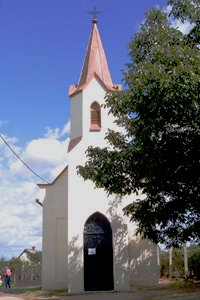 |
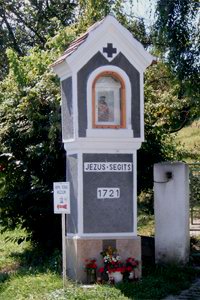 |
The "crouching Jesus",
Baroque tabernacle statue (1721). |
St. John of Nepomuk statue
at Kossuth square, Baroque, late 18th century. |
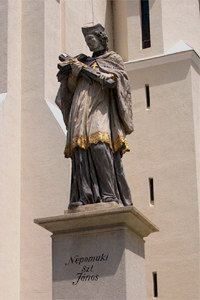 |
 |
Romanic and Gothic wall remains of the Bendictine abbey in Szentjakab, founded in 1061. |
|
Pharmacy 'To The Golden Lion'. The first pharmacy of Kaposvár, built in 1774 in Baroque style. The facade has been changed during the second half of the 19th century into eclectic style. |
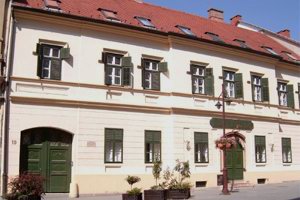 |
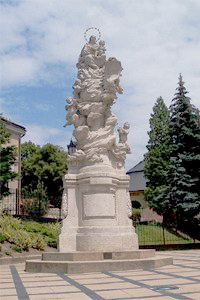 |
Mary pillar, in honour of the Hungarians' Our Lady. A Rococo monument, about 1770. |
|
The former nunnery. Built in 1860 in Romantic style. Nowadays a Roman Catholic Secondary School and Episcopal Bureau. |
 |
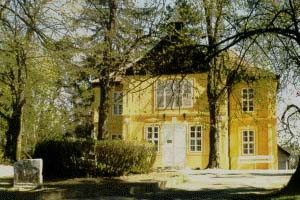 |
The manor house of József Rippl-Rónai. The former mansion of the painter. Originally Baroque, during the second half of the 19th century transformed into Eclectic. Nowadays memorial museum of the painter. |
|
The Higher National Boys' School. The first school of Kaposvár, built in 1832 in Classicistic style, with a later Eclectic second-floor, built at the end of 19th century. |
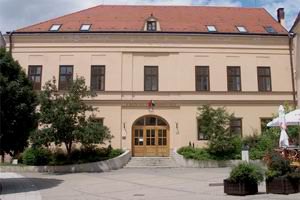 |
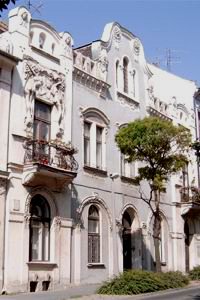 |
Dwelling house in Art Noveau style, built at the beginning of the 20th century. Address: Konstrássy u. 4. |
|
The statue of St. Roch, built in 1766, in Baroque style. |
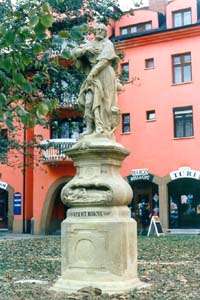 |
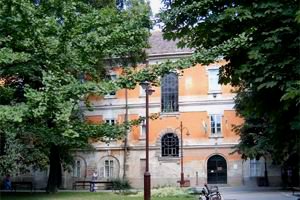 |
The archive and former county prison. Classicistic, with monumental character, built in 1828. The third floor and the facade are eclectic, both from the beginning of the 20th century. |
|
The building of the former County Hall, the present County Museum. Built between 1828-1832 in Classicistic style, with the facade inscription: "To the public". |
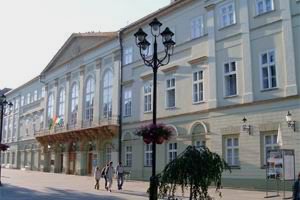 |
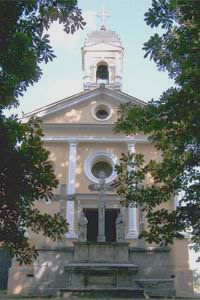 |
The Roman catholic chapel of the Calvary. An eclectic monument, built in 1893. |
|
The Rippl-Rónai fountain, statue made by Ferenc Medgyessy in 1930. |
 |
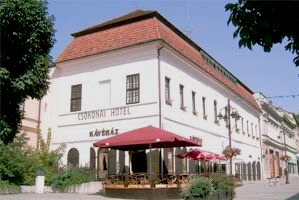 |
The Dorottya House, the former bailiff manor of the Eszterházy family, nowadays the building of Csokonai Inn. Built in late Baroque style. |
The birth house of the painter
János Vaszary,
built in Classicistic style in 1833. |
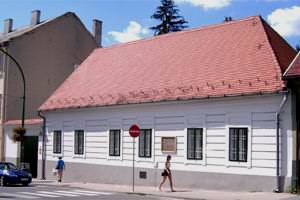 |
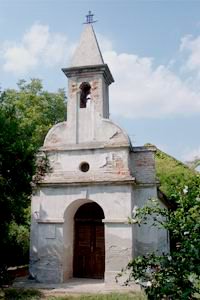 |
The Baroque chapel on the Kapos hill, built in the second half of the 18th century. |
|
The Roman Catholic church in Toponár. Baroque, built between 1779-81, with the paintings and frescos of István Dorfmeister inside. |
 |
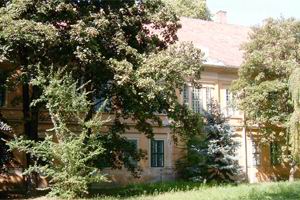 |
The main building of the county hospital. Built in Classicistic style in 1846, with the facade inscription: "For suffering mankind". |
Csíky Gergely Theatre, built in 1911 in the style of Art Noveau, designed by
Ede Magyar and József Stahl. |
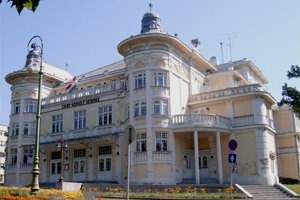 |
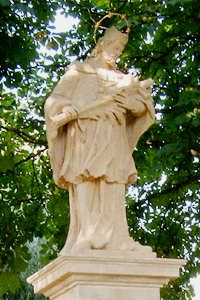 |
The Broque statue of St. John of Nepomuk. 1700, in the suburb Toponár |
|
Remains of the medieval fortress of Kaposvár. |
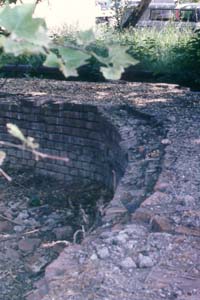 |
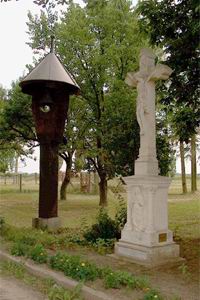 |
The wooden belfry and the stone cross in Ózaranypuszta, both from the 19th century. |
|
The old building of the Kaposvár Waterworks, built in 1906 in Eclectic style. Industrial monument. |
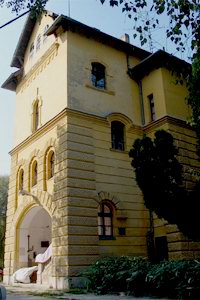 |
|
|



